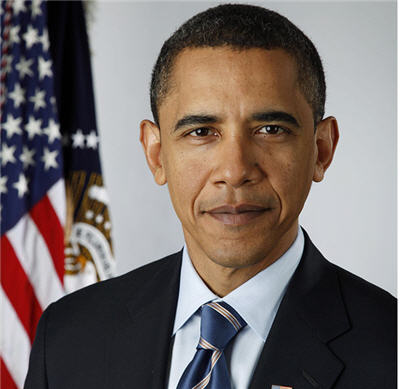
Four months after having its Keystone XL pipeline project rejected by the Obama Administration, TransCanada Corp. is taking another crack at the $7.6-billion project.
The Calgary-based company (TSX, NYSE:TRP) said today it has applied for a Presidential Permit allowing the pipeline to run from the Canadian border in Montana to Steele City, Nebraska. The application will also include an alternative route through Nebraska, where the line runs across an environmentally sensitive acquifer and where opposition to the project has been strongest.
Keystone XL is an extension to the existing 3,460-km line transporting Canadian crude oil from Alberta oilsands to a storage hub in Cushing, Oklahoma. Canada exports 2 million barrels of oil per day to the US and almost all of it ends up at Cushing – the pricing point for US crude – where inventories have been piling up and refining capacity is limited.
Two extensions to the route, a northern and a southern portion, are designed to carry 830,000 barrels a day through six US states, ending up at refineries on the US Gulf Coast.
Keystone XL has been approved by the Canadian National Energy Board and the US State Department has said the line would have limited environmental impacts.
But in January the US government, facing pressure from Nebraskans and other high-profile opposition, including celebrity activists, torpedoed the project. The pipeline has become a political football in the run-up to the US Presidential election, with Republican frontrunner Mitt Romney saying he would immediately approve the pipeline if elected and President Obama hedging his bets. Commentators say the President is being careful not to offend his liberal base opposed to the project and a final decision is unlikely before the outcome of the election in November.
However, in late February, TransCanada said it would go ahead with the construction of the $2.3 billion southern leg of the pipeline running from Cushing to Houston. A month later, President Obama announced the southern portion would be fast-tracked, meaning it could be operational by June-July next year.
As for the northern leg of the pipeline, Nebraska and TransCanada agreed back in November to reroute the line away from the Ogallala aquifer, a sprawling water table that provides water to local communities and farms. The new path would involve about 50 kilometres of pipeline.
The company had long resisted changing the route, having already spent some $1.4 billion securing right of ways and stockpiling material for the project.
Construction has already begun on the Canadian side of the pipeline route and the ground on the southern leg is expected to be broken this summer.
TransCanada CEO Russ Girling said today he hopes the US government will approve the project by early 2013, at which point the company would start building the controversial portion between the Canadian border and southern Nebraska.
TransCanada shares were down about 4c this morning in Toronto on another off day on the TSX, which had shed 165 points as the trading day wound to a close.
2 Comments
aussiesheila.
From the looks of things Obama is pretending to stall on a deal that has already been approved, at least under the table until after elections. TransCanada would be insane spending that kind of money on a gamble, which looks on the outside like them pushing their agenda by partly building the pipeline. American’s (like Aussie’s 🙂 ) don’t appreciate being pushed and are fairly predictable in their response. Reverse psychology works a treat on us.
Raystone
The people that bitch the loudest are the same ones that are trying to stop this.We need the pipeline in place as fast as they can build it.I for one think Lord O has lost his mind,Maybe he needs to let the towel a little looser.Why would he stop it,.Because that would make oil and gas a little cheaper here,Would make thousands of jobs here,Would make the sand countries that has us the U S A over a barrel. give a little.Then he would not be the Golden Boy in the Whitehouse. I wish our Northern Neighbors lots of luck.Lord O will have his Tree Hugging Lot out in full force as to why you can’t do it. A little bug that might be gone in a week if you walk on the ground.Send in a few hundred birds the little but is gone.Problem solved.